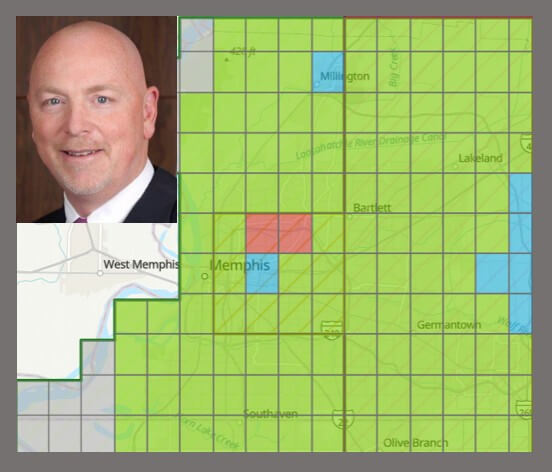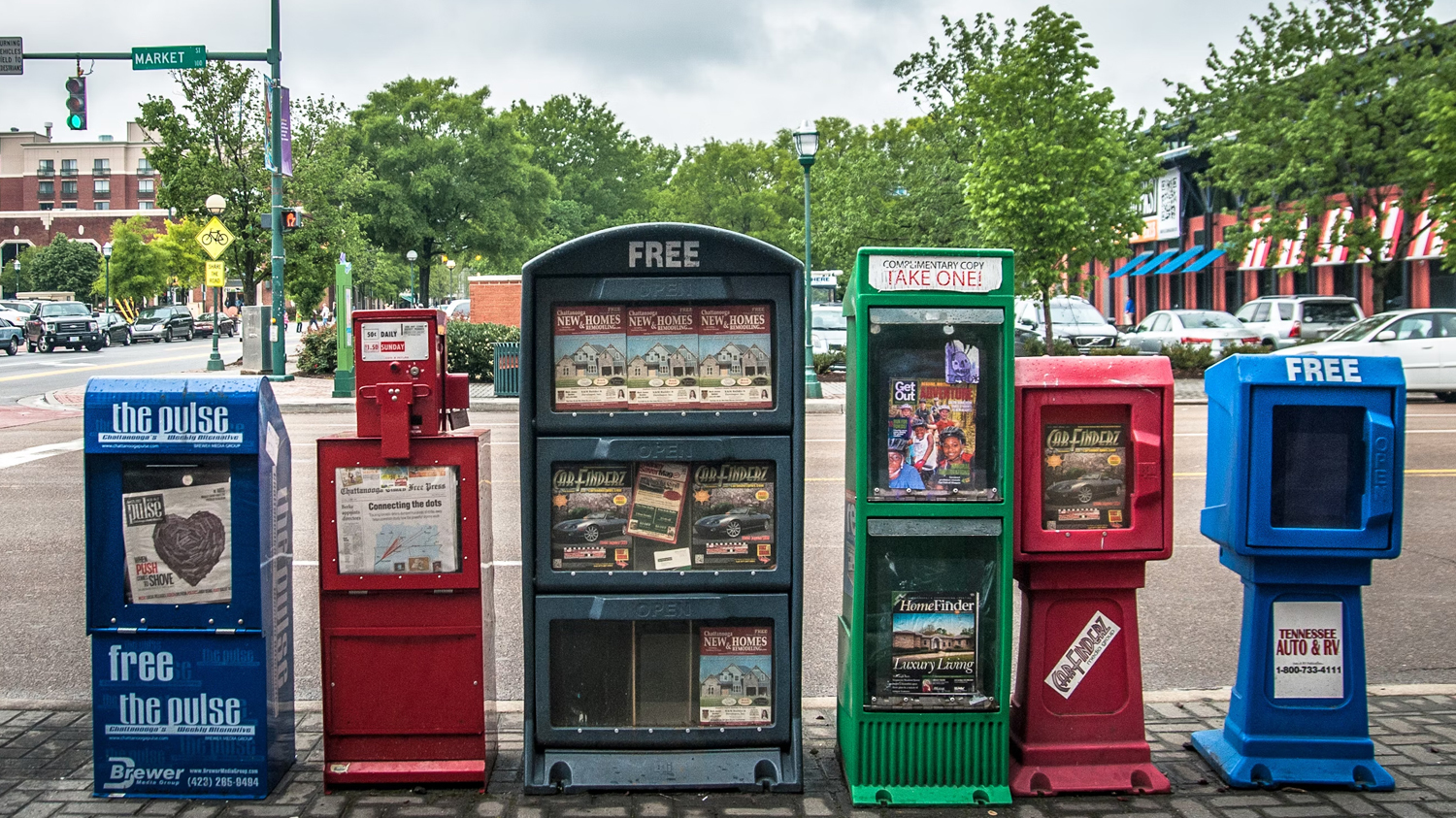

MLGW is the best and most transparent public agency in Memphis and Shelby County. And the only local agency that can accommodate a public organizational excellence conversation. But MLGW cannot achieve excellence alone. MLGW needs informed public involvement to achieve organizational excellence.
MLGW must contend with a ravenously corrupt public contract environment. The former is why MLGW ratepayers are potentially on their way to getting jacked up for $29M in 2026 (MLGW 2026 budget (00:53:00).
MLGW organizational excellence conversations concern, in part, achieving the lowest combined rates in the country. As the largest combined public utility in the country, such rates are an achievable MLGW goal. Currently, year-round, MLGW has the 3rd lowest combined rates in the country, when using MLGW’s annual transparent rate study as a basis for the analysis.
However, the former is at risk given MLGW’s forward leaning rate posture and excessive tree trimming costs. This rate posture currently includes a 4% electrical rate increase in 2026, a 10% gas rate increase in each of the years 2027 and 2028 and water rate increases in 2027, 2028 and 2029 of 15%,15% and 10%.
MLGW will never achieve public organizational excellence with the lowest combined rates, without informed public ratepayer involvement. Here are the reasons MLGW needs public scrutiny:
1- MLGW has an entire Azzload of excessive cash on their Gas and Water balance sheets that create moral hazards.
2 - MLGW currently maintains an aggressive forward leaning rate increase posture.
3 - MLGW operates in a ravenously corrupt public contract culture.
Examples of questionable public contracts concern deficient substation performance in the 6th year of MLGW’s capital improvement program and excessive tree trimming costs.
The march toward or away from the lowest combined rates occurs at every MLGW Board of Commissioners and Memphis City Council meeting. Every excessive expenditure moves MLGW further away from organizational excellence and the lowest combined rates in the country. At the top of the list of excessive expenditures is tree trimming. Let’s examine.

Above 9/1/24-8/31/25 Tree Trimming Completion Map (Green Signals Complete)
There is no basis, anywhere, to support MLGW’s excessive tree trimming costs. At $39M budgeted for 2026, the excess cost is up to $29M per year, all while MLGW data (above) proves MLGW has caught up on 3 yr cycle tree trimming. Given MLGW tree trimming data, there is no need for additional tree trimming spending for “catching up.”
Back in 2023, Doug McGowen’s tree trimming proposal that increased 5 yr tree trimming costs by 128%, from $100M to $228M made no sense. The proposal had no quantitative basis, other than unquantified claims of inflation and that MLGW had fallen behind on 3 yr cycle tree trimming.
In fact, in 2023 Council testimony, McGowen promised the large $228M 5 yr tree trimming contract would not impact electrical rates, while also not providing a quantitative basis for a 128% increase from 2020 contract pricing.
Yet, just a few months later, McGowen came back before the worst City Council (2019-23) ever, requested and got a 12.5% rate increase to be implemented over 3 years. An additional 4.3% of the total 12.5% increase will take effect beginning on January 1, 2026.
Again, there was no quantitative basis for McGowen’s $228M tree trimming proposal. And today, there’s no basis for continued excessive tree trimming costs in MLGW’s historic tree trimming data or in benchmarked utility tree trimming costs.
The Taxpayer Justice Institute benchmarked 2024 per mile tree trimming costs for MLGW, Nashville Electrical Service and Knoxville Utility Board. The results are as follows:

In fact, Nashville Electrical Service 2024 financials contain this note: “Contract Tree & Grass decreased primarily due to program updates, lower contractor services, and lower trimming costs per mile.”
But back to MLGW. Yet even with cycle tree trimming caught up (above map), MLGW tree trimming costs are set to remain excessively high and climb from 2025. MLGW tree trimming costs were $44M in 2024, are projected to drop to $35.5M for 2025 but rise again by $3.5M from 2025 to $39M in 2026. Makes no sense.
Based on benchmarking and using the higher Knoxville Utility Board costs of $7,223 per tree trimming mile, MLGW total budgeted costs for 1,398 miles should be $10,097,754 for 2026 or $28,902,246 less than the $39M contained in the MLGW 2026 proposed budget.
Additionally, assuming 1,398 miles trimmed in 2026, per the MLGW dashboard, at $39M, per mile costs explode upward by 20% from $23.2K to $27.8K. Makes absolutely no sense at all.
Patrick Lawton, in his Daily Memphian column, included this quote:
“An informed citizenry is at the heart of a dynamic democracy.” — Thomas Jefferson
Sadly, due to a deficient local press apparatus, MLGW ratepayers are uninformed and know not about tree trimming costs. Because of this unfortunate reality, ratepayers are on the verge of getting jacked up by $29M.
At the same time, the MLGW Board of Commissioners can prevent this and amend the proposed 2026 MLGW Budget by cutting “Tree Trimming Distribution” by $29M. Hopefully, the Board will move MLGW toward organizational excellence with this specific action.

Put your business in front of thousands of LOCALS! Create your free listing on the NewsSTAND and update your profile anytime to share the latest info, specials, and contact details.

Got a story to Share? Pitch your idea or write an article for the NewsSTAND! Join us in highlighting the positive and powerful moments that make our city shine.

We’re passionate about working together to amplify our City. Reach out to the NewsSTAND team to explore collaboration opportunities and make a difference in our community.
Hover over each card to unlock the full story and see what you’re about to get!







